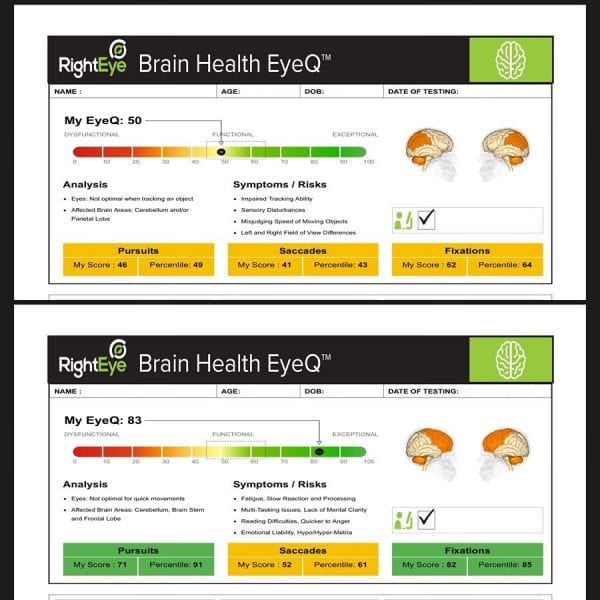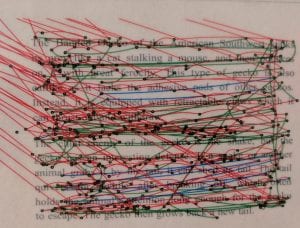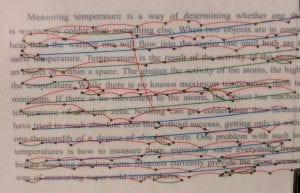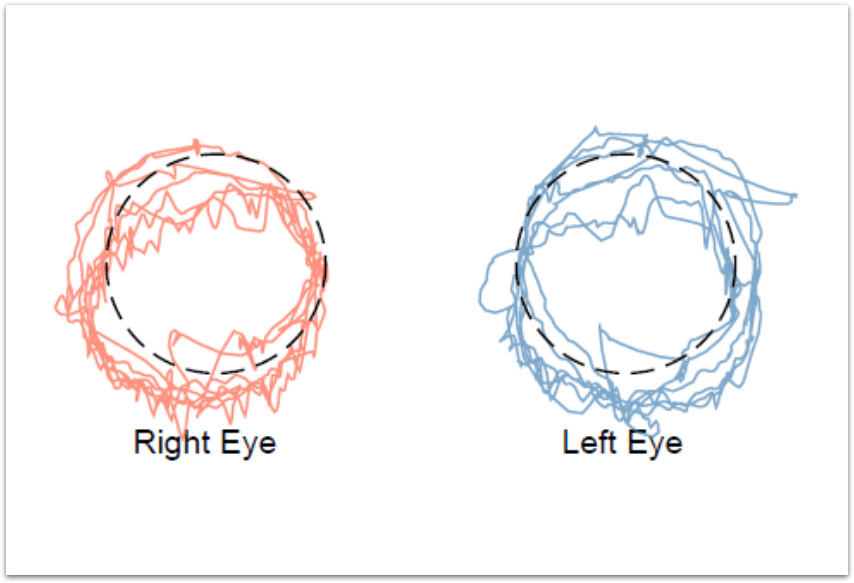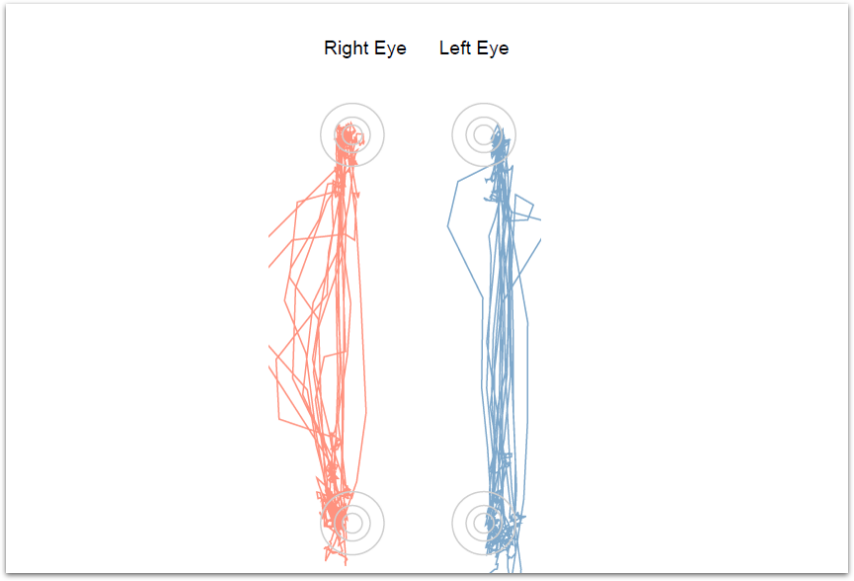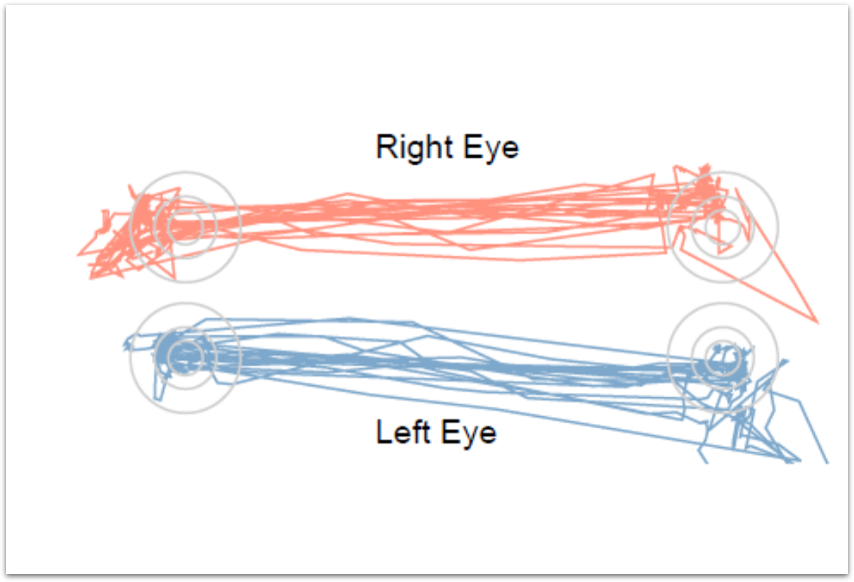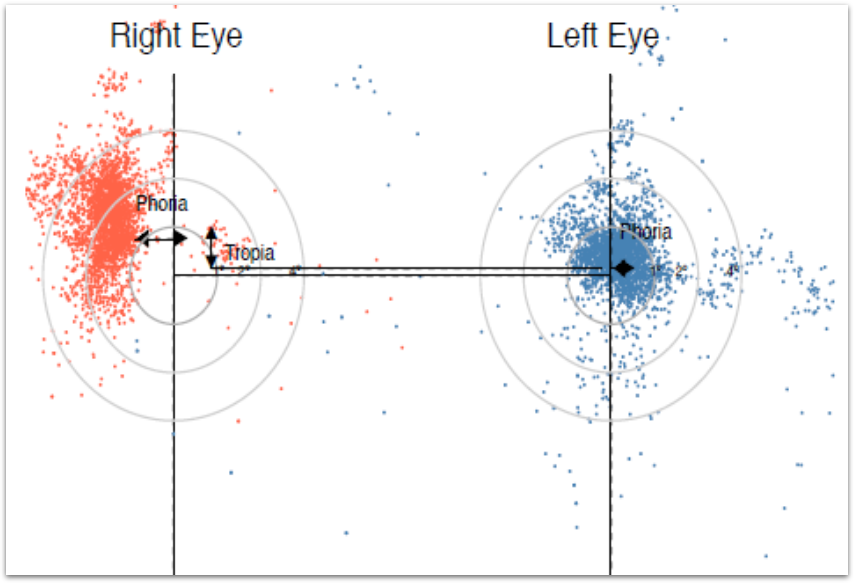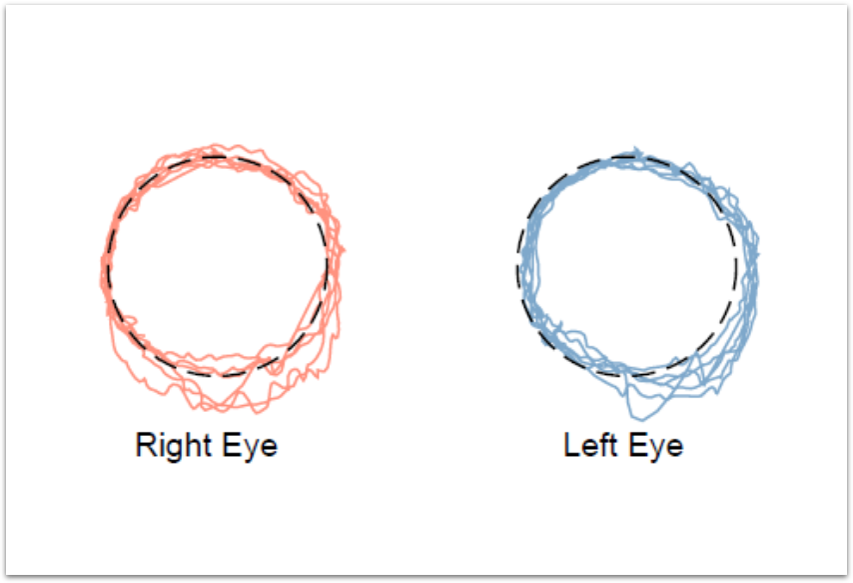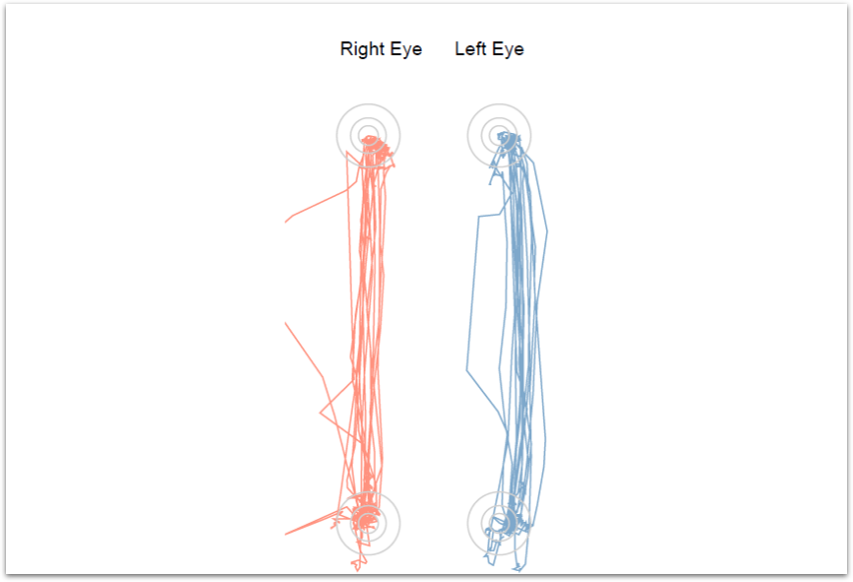Eye-tracking technology, which is both objective and non-invasive, captures pictures of eye movements (30-250) times a second. The data produced is quantitative—meaning, it allows physicians to identify vision and health issues in a measurable way. It can assess, and improve, the experiences of athletes. And it can track recovery and identify improvements.

